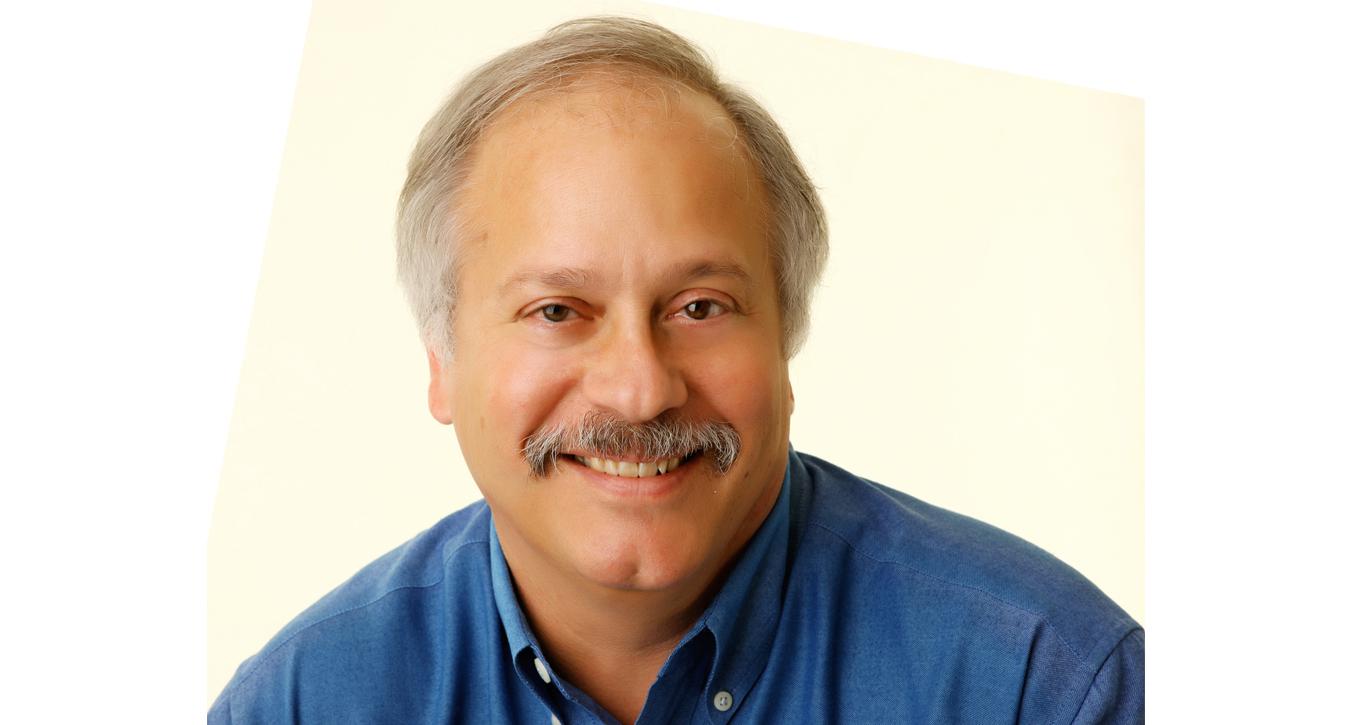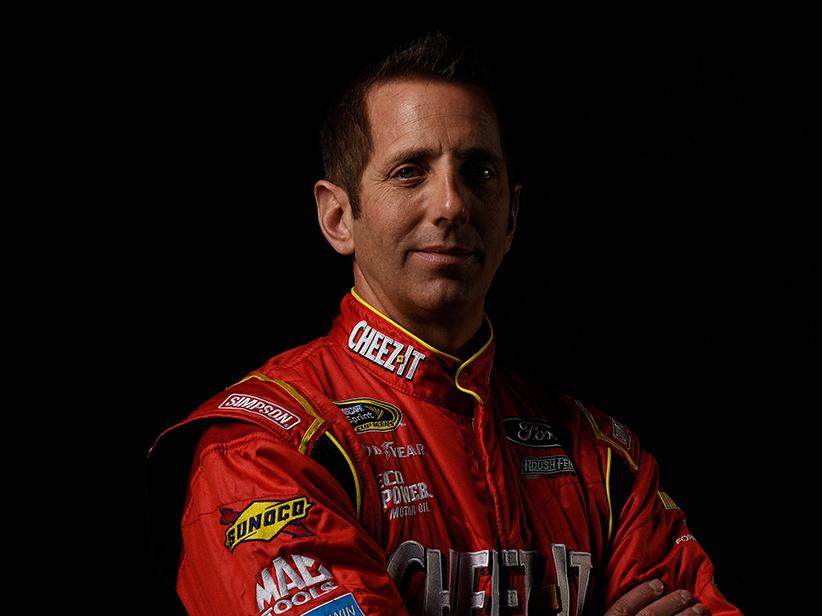Racing's Foremost Medical Expert Addresses Future Of Safety During PRI Show Appearance

There are a lot of orthopedic surgeons who would tell you the best way to avoid racing injuries is not to race, but Dr. Terry Trammell, featured speaker at PRI’s Saturday morning seminar “Racing Safety Today—An Update in Motorsports Science and Medical Research,” wouldn’t be one of them. His philosophy is that racers have to race, but they, the sanctioning bodies, and the race tracks have to find ways to rid the sport of tragic deaths and traumatic injuries, something Trammell has spent much of his professional career pursuing.
“There’s always more that can be done,” he said at the PRI session, where he pointed to such major advancements as the HANS device (whose development actor and racer Paul Newman helped finance), and the Safer Barrier, which research shows have helped immensely in minimizing injuries and preventing fatalities.
A huge race fan and a former motorsports photographer, Trammell is a founding fellow of the FIA Institute for Motorsports Safety and a founding member of the International Council of Motorsport Sciences (ICMS), which held its 25th annual general meeting at PRI this year, attracting the foremost motorsports medical experts in the world, including Drs. Hugh Scully and Stephen Olvey. Together, Trammell and Olvey have developed what is considered to be the standard of care for trackside medical care.
Trammell got his first-hand introduction to motorsports medicine and safety as a medical student working the tragic Indianapolis 500 of 1973. He returned in 1981 and became the orthopedic consultant to Indianapolis Motor Speedway through 1995. An interesting segment of his presentation highlighted the large number of safety innovations that IMS was the first to institute, including the requirement for helmets way back in 1935, the first permanent medical center in 1948, fire retardant overalls in 1959, fuel cell bladders in 1965, and the installation of Safer Barriers in 2002, whose development was financed by Tony George.
When we spoke with him afterwards, Trammell said that getting spine fractures out of motorsports is still one of the most pressing issues, although dramatic advances have been made. Another priority is finding a solution to what he described as an epidemic of hand and wrist injuries in IRL.
But what’s most important, he stressed, “is getting what we already know down to the grassroots racers. If you look at the injury statistics in Formula 1, they are really good for what they do, but that has been engineered and implemented to the highest level for just 22 guys at a time. They don’t account for even a tenth of a percent of all the racers worldwide.
“What we need to do is get down to the dirt tracks and get them so that they have some improved safety in terms of car retention and cages that absorb the energy when they land upside down on them. Some sanctioning bodies are doing some of that, but it’s not enough until there aren’t any injuries and no fatalities, and that hasn’t been the case lately.”
 MEMBERSHIP LOGIN
MEMBERSHIP LOGIN JOIN PRI
JOIN PRI


